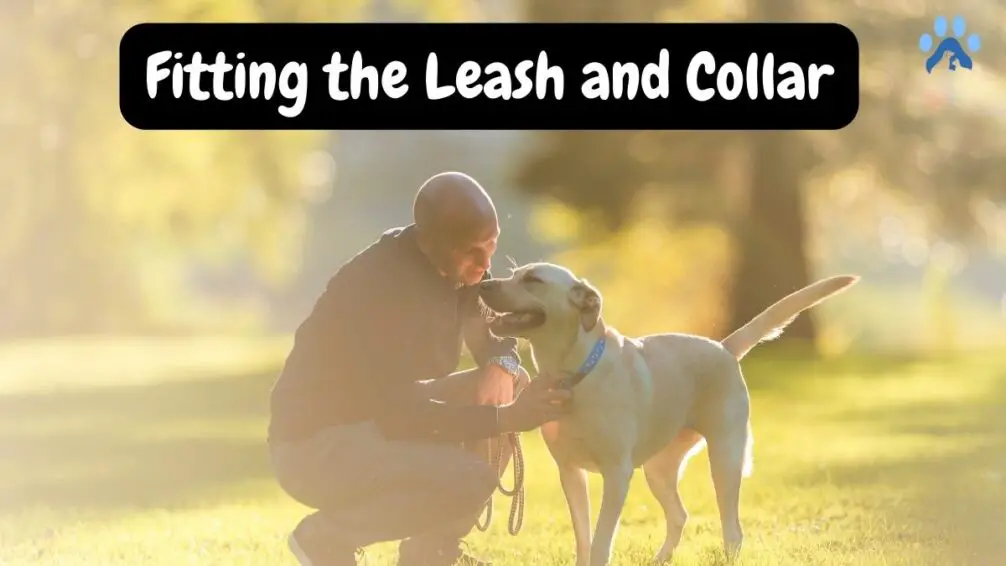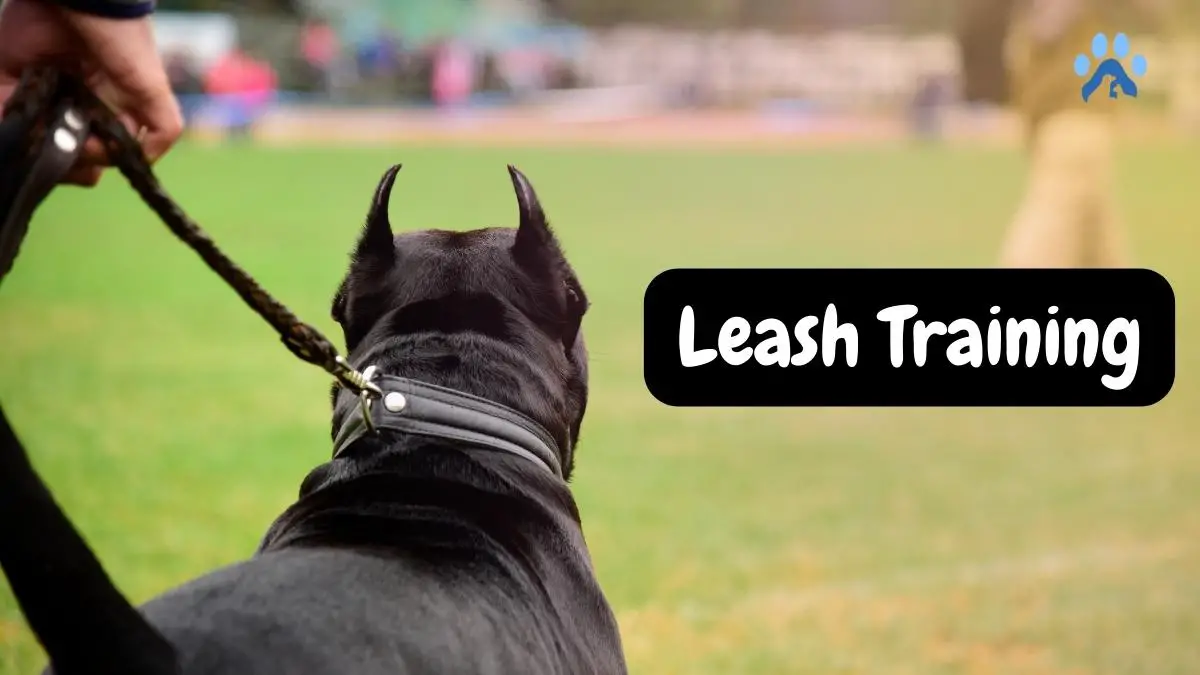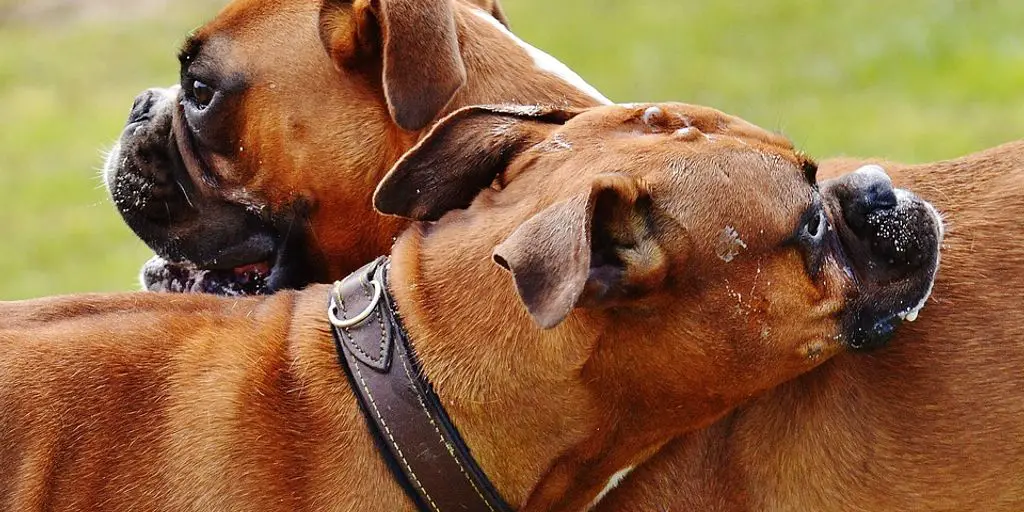Training your dog to walk on a leash is an essential part of being a responsible dog owner. Walking your dog is not only a great way to provide exercise, but it also helps to establish a strong bond between you and your furry friend. However, if your dog pulls on the leash or refuses to walk, it can be frustrating and even dangerous. Luckily, with patience and consistency, you can teach your dog to walk on a leash like a pro.
Before you start leash training your dog, it’s important to make sure you have the right equipment. A well-fitting collar or harness and a sturdy leash are essential for safe and effective leash training. Once you have the right equipment, the next step is to introduce your dog to the collar or harness and leash. Let your dog get used to wearing the collar or harness and leash by allowing them to wear them for short periods of time around the house.
When you’re ready to start leash training, it’s important to be patient and consistent. Start with short walks and gradually increase the distance as your dog becomes more comfortable. Use positive reinforcement techniques, such as treats and praise, to encourage good behavior. With time and practice, your dog will learn to walk on a leash without pulling and you can both enjoy the many benefits of daily walks.
Why Leash Training is Important
Leash training is an essential aspect of owning a dog. It is a crucial part of keeping your dog safe and healthy while providing them with much-needed physical exercise. Here are some reasons why leash training is important:
Control
A leash gives you control over your dog’s movement. It is especially important when you are in public places where there are other people and animals. A well-trained dog will walk calmly beside you and not pull or lunge at other dogs or people.
Exercise
Walking is a great form of physical exercise for both you and your dog. Leash walks provide an opportunity for your dog to get some fresh air, stretch their legs, and explore their surroundings. It also helps them release pent-up energy and reduces their risk of obesity and other health problems.
Good Behavior
Leash training helps your dog learn good walking behavior. It teaches them to walk beside you without pulling or tugging. Positive reinforcement techniques such as treats and praise can help reinforce good behavior and make leash training more effective.
Health
Leash training also benefits your dog’s health. It reduces their risk of getting into accidents or running away. It also helps prevent them from eating dangerous items they might find on the ground, such as broken glass or poisonous plants.
Leash Pulling
Leash pulling is a common problem among dogs. It can make walking your dog a frustrating and unpleasant experience. Leash training can help address this issue by teaching your dog to walk calmly beside you without pulling or tugging.
In conclusion, leash training is an essential part of owning a dog. It provides you with control over your dog’s movement, helps them get regular physical exercise, teaches them good walking behavior, and keeps them safe and healthy. By using positive reinforcement techniques and being patient and consistent, you can train your dog to walk on a leash in no time.
Getting Started with Leash Training
Leash training is an essential skill for every pet parent to teach their dogs. It allows for a safe and enjoyable outdoor experience for both you and your furry friend. However, leash training can be challenging, and it requires patience, consistency, and rewarding your dog for good behavior. This section will cover the basics of leash training and provide tips for selecting the right leash and collar, fitting them properly, and selecting treats for training.
Choosing the Right Leash and Collar
Choosing the right leash and collar is crucial for effective leash training. There are several types of collars available, including buckle collars, Martingale collars, head halters, and front-clip harnesses. Each collar has advantages and disadvantages, and you should choose the one that best suits your dog’s size, breed, and temperament. For example, if your dog tends to pull on the leash, a front-clip harness may be a better option.
When selecting a leash, consider the length and material. A 4 to 6-foot leash made of nylon or leather is ideal for leash training. Retractable leashes are not recommended for leash training because they do not provide enough control over your dog’s movements.
Fitting the Leash and Collar

Once you have selected the right leash and collar, it’s important to ensure that they fit your dog properly. A collar that is too tight can cause discomfort and breathing problems, while a leash that is too long can make it difficult to control your dog. The collar should fit snugly around your dog’s neck, with enough room to fit two fingers between the collar and the skin. The leash should feel comfortable in your hand, with enough control to guide your dog’s movements.
Selecting Treats for Training
Treats are an essential tool for leash training. They provide positive reinforcement for good behavior and help your dog associate walking on a leash with a rewarding experience. When selecting treats, choose small, soft, and easy-to-swallow treats that your dog loves. Avoid treats that are high in calories or contain ingredients that may upset your dog’s stomach.
In conclusion, leash training is an essential skill for every pet parent to teach their dogs. It requires patience, consistency, and rewarding your dog for good behavior. By selecting the right leash and collar, fitting them properly, and selecting treats for training, you can teach your dog the necessary leash-walking skills and enjoy the outdoors together. Remember to use a cue word, stop and go, and be consistent with your training. With time and practice, your dog will become an expert at loose-leash walking and make your outdoor experiences more enjoyable.
Teaching Your Dog to Walk on a Leash
Leash training is an essential skill for any dog owner. It allows you to take your dog on walks and adventures without worrying about them running away or getting into trouble. However, leash training is not always easy, and it requires patience and consistency.
Foundation Training
Before you start leash training, it is essential to establish a foundation with your dog. This foundation includes basic obedience commands such as sit, stay, and come. These commands will help you gain your dog’s attention and focus during the training process.
Simple Steps for Leash Training
Once your dog has mastered basic obedience commands, you can start leash training. The first step is to introduce the leash to your dog. Let them sniff and investigate the leash while giving them praise and treats.
Next, attach the leash to your dog’s collar and let them walk around with the leash dragging behind them. Reward them for walking with the leash on and for not pulling.
When your dog is comfortable with the leash, it’s time to start walking together. Start in a quiet, low-distraction environment and use a cue word such as “let’s go” to signal that it’s time to walk. If your dog starts pulling, stop and wait until they come back to your side before continuing.
Using Positive Reinforcement
Positive reinforcement is an effective training method for leash training. Reward your dog with treats and praise when they walk on a loose leash or when they come back to your side after pulling. It’s important to be consistent with rewards and to use them immediately after the desired behavior.
Stopping Common Problems
Leash pulling is a common problem during leash training. To stop leash pulling, stop walking when your dog starts pulling and wait until they come back to your side before continuing. You can also use a front-clip harness or head collar to discourage pulling.
Distractions such as other dogs, people, or smells can also be a challenge during leash training. Use a cue word such as “focus” to regain your dog’s attention and redirect them back to walking on a loose leash.
Barking is another common problem during leash training. If your dog starts barking, stop walking and wait until they calm down before continuing. You can also use a cue word such as “quiet” to stop barking.
In conclusion, leash training is an important skill for any dog owner. With patience, consistency, and positive reinforcement, you can teach your dog to walk on a loose leash and enjoy walks together. Remember to establish a foundation, use simple steps, and troubleshoot common problems.
Conclusion
In conclusion, leash training is an essential part of a dog’s life, and it is crucial to start early to avoid developing bad walking behaviors. Positive reinforcement is a highly effective method of leash training, and it is important to reward good behavior to encourage your dog to continue the behavior.
Leash pulling is a common problem that can be addressed with proper leash training, and loose-leash walking is the ultimate goal of leash training. Physical exercise is also important to help your dog release excess energy and reduce the likelihood of leash pulling.
During leash walks, it is important to pay attention to your dog’s behavior and body language to understand their needs and make adjustments accordingly. Common problems such as distractions, fear, and aggression can be addressed with proper training and socialization.
Remember that every dog is different, and it may take some time and patience to train your dog to walk on a leash. With consistency and positive reinforcement, your dog can learn to walk on a leash and enjoy the outdoors with you.
We hope this article has provided you with valuable insights and tips on leash training your dog. For more information, please refer to the credible sources we have linked throughout this article.



